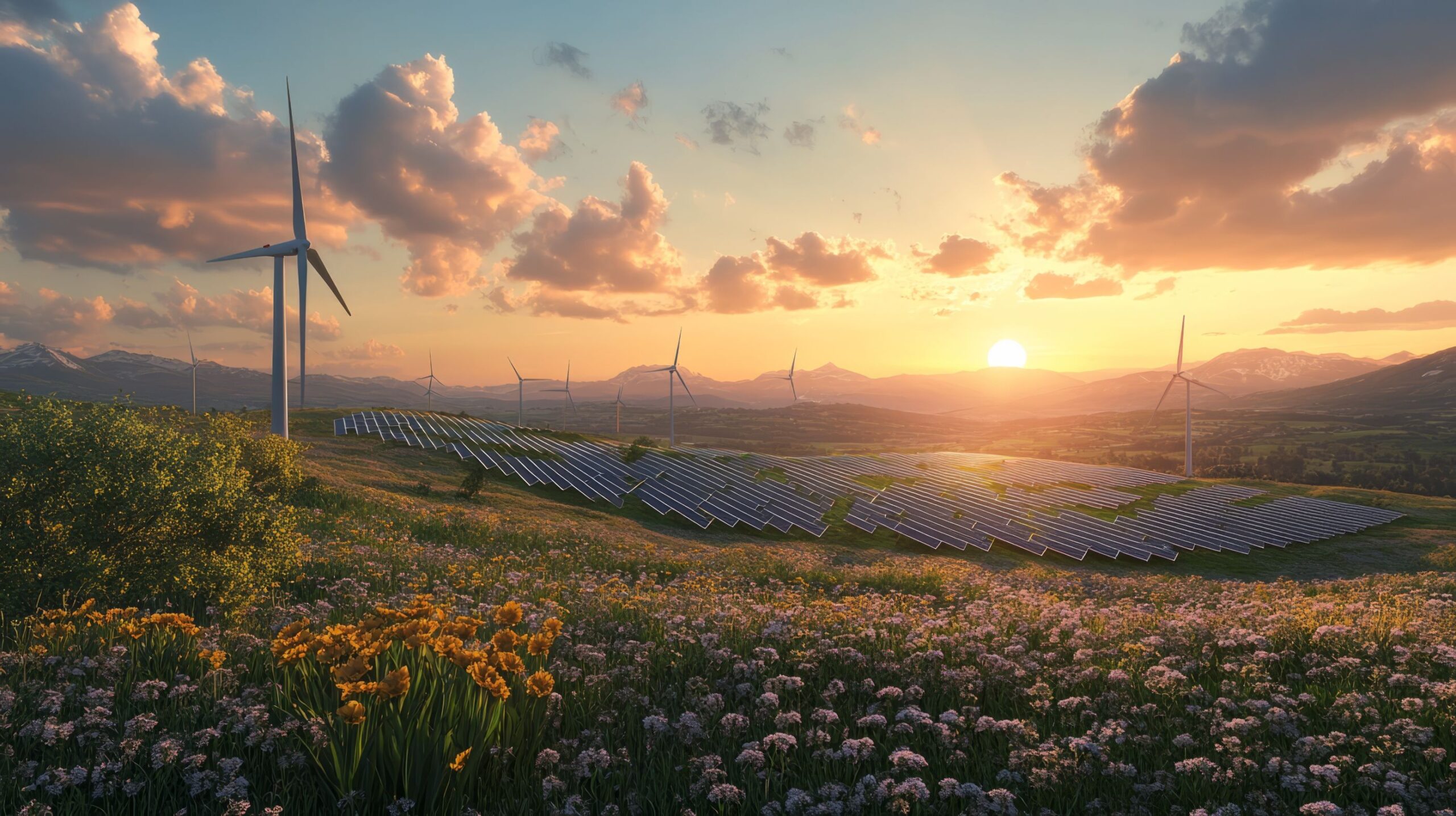How will the Trump administration affect hydrogen growth in the US?

Trump's new energy programme seems to focus on lowering prices and "icreasing american energy dominance". Credit: Adobe Stock
As the Trump administration settles into its second term, a level of uncertainty has been brought to the forefront of the hydrogen sector.
The Biden administration took strides in hydrogen development programmes weeks before Trump’s inauguration, but now as Trump enters his second term, the renewable energy sector is being watched with a concering eye.
In recent years, the US hydrogen sector has seen a surge of investment, particularly with the passage of the Bipartisan Infrastructure Investment and Jobs Act (BIIJA) in 2021.
The act was established to develop clean hydrogen initiatives and featured a $9.5bn investment to cover “regional clean hydrogen hubs”, a “clean hydrogen electrolysis programme”, and “clean hydrogen manufacturing and recycling programmes”.
Potential for a shift in policy under a second Trump administration raises questions about the future of these initiatives. In his welcoming speech as Secretary of Energy, Chris Wright, set the tone for the outlook of energy production stating he aims to “unleash American energy innovation”.
Through the establishment of the National Energy Dominance Council in February 2025, which is chaired by Secretary of the Interior Doug Bourgum and Chris Wright, Trump has been advised on “strategies to achieve energy dominance”. With little to no mention on renewable energy, the council’s concerns lie in reducing its reliance on foreign imports alongside reducing economic barriers.
What the industry is saying
In a statement to Hydrogen industry Leaders, Peter O’Sullivan, CEO at Penspen, emphasised how there are factors that might mitigate in favour of continued investment in low-carbon hydrogen infrastructure under the Trump administration.
Although Trump has been critical of certain aspects of the energy transition, such as battery electric vehicles and wind power, he has not been as vocal about hydrogen, with his concerns focusing on the “untested technology”.
O’Sullivan points out how “there are constraints on what Trump can do with regard to programmes that have already been established.” Key programmes like BIIJA and the Inflation Reduction Act (IRA) have been passed by Congress and signed into law, therefore, “Trump cannot revoke them by executive order”.
With $8bn of the fund being invested in hydrogen hubs, O’Sullivan highlighted how these are now “mobilising to build centres of low-carbon hydrogen production as well as the downstream projects to enable the use of this hydrogen”.

“There are constraints on what Trump can do with regard to programmes that have already been established” – Peter O’Sullivan, CEO at Penspen
O’Sullivan suggested that the former president could, however, influence the “priorities” and “timing” of these programmes, which could still have an impact on the trajectory of hydrogen development in the US under his administration.
After an executive order on 20 January, which instructed government agencies to “immediately pause the disbursement of funds”, it threw into the air, the future of previous funding and aligned with Trump’s aims of terminating elements of the Green New Deal.
Factors favouring continued investment in hydrogen
Despite potential political roadblocks, there are several factors that could alleviate drastic cuts to hydrogen initiatives under a second Trump term.
O’Sullivan noted how the previous lobbying of republican lawmakers helped preserve critical tax incentives for the hydrogen sector and how going forward defunding projects may prove politically unpopular. As “four of the seven approved hydrogen hubs include states that voted for Trump in the 2024 election”, it was expected that these hubs will create skilled, well-paying jobs in those regions.
With Trump’s “strong emphasis on growing the US energy sector” major oil and gas companies who have the facilities and experience for such infrastructure development, “could steer Trump to support these initiatives”.
“Much of the planned low-carbon hydrogen will be blue hydrogen” and with initiatives being supported by major oil and gas players like Exxon and Chevron, it is hoped they can “scale their financial resources to influence the Trump administration”.
As reported by S&P Global, many of the large energy companies including Air Products & Chemicals, ExxonMobil and Constellation Energy, have been “closely watching” for the outcome of results from policies such as the Inflation Reduction Act’s (IRA) Section 45V hydrogen production tax credit programme.
Under the IRA Section 45V, producers of energy can determine qualification for the credit, while sticking to the act’s emission requirements for qualifying clean hydrogen.
Another potential factor is the competition with China and the willingness of the Trump administration to reduce its reliance on foreign imports. As Peter O’Sullivan suggests, the fear of China cornering the low-carbon hydrogen market could motivate Trump to continue investing in these programmes”.
Overcoming the challenges
While Trump has been vocal about his intention to reduce government spending, the hydrogen hubs and other “Green New Deal” initiatives have enjoyed bipartisan support.
A “challenge”, as noted by Ole G Jensen, Director of Business Development at Syzygy Plasmonics, is the economic reality of green hydrogen.
“The market is overreacting,” says Jensen. “The main issue with green hydrogen is that it remains too expensive, and consumers are not willing to pay a premium for it.” This, along with regulatory delays under the previous administration, could affect the pace of progress in the hydrogen sector.
Jensen suggests that with the new administration, there might be a shift toward prioritising transit solutions that offer a more market-friendly, low-carbon option. This preference could help hydrogen solutions gain “more traction and support”.
As the U.S. hydrogen sector continues to evolve, much will depend on the priorities of the Trump administration during his presidency. “We will have to watch events closely as they unfold to determine the exact impact on investment in low-carbon hydrogen in the US” concluded O’Sullivan.
While there are significant constraints on his ability to undo established policies, Trump’s influence over funding, priorities, and regulatory frameworks could shape the future of hydrogen.
The interplay between economic, political, and international considerations will likely determine the trajectory of hydrogen development and its role in the nation’s energy future.

